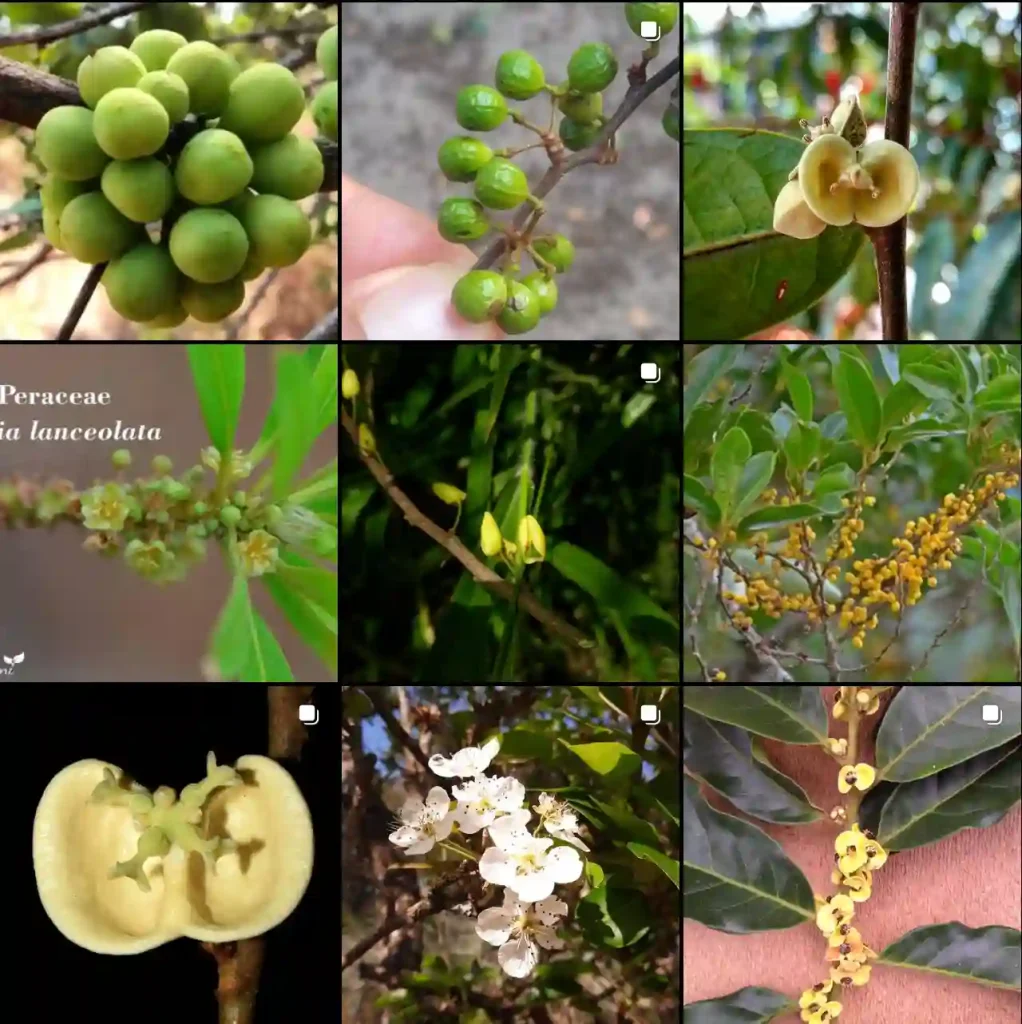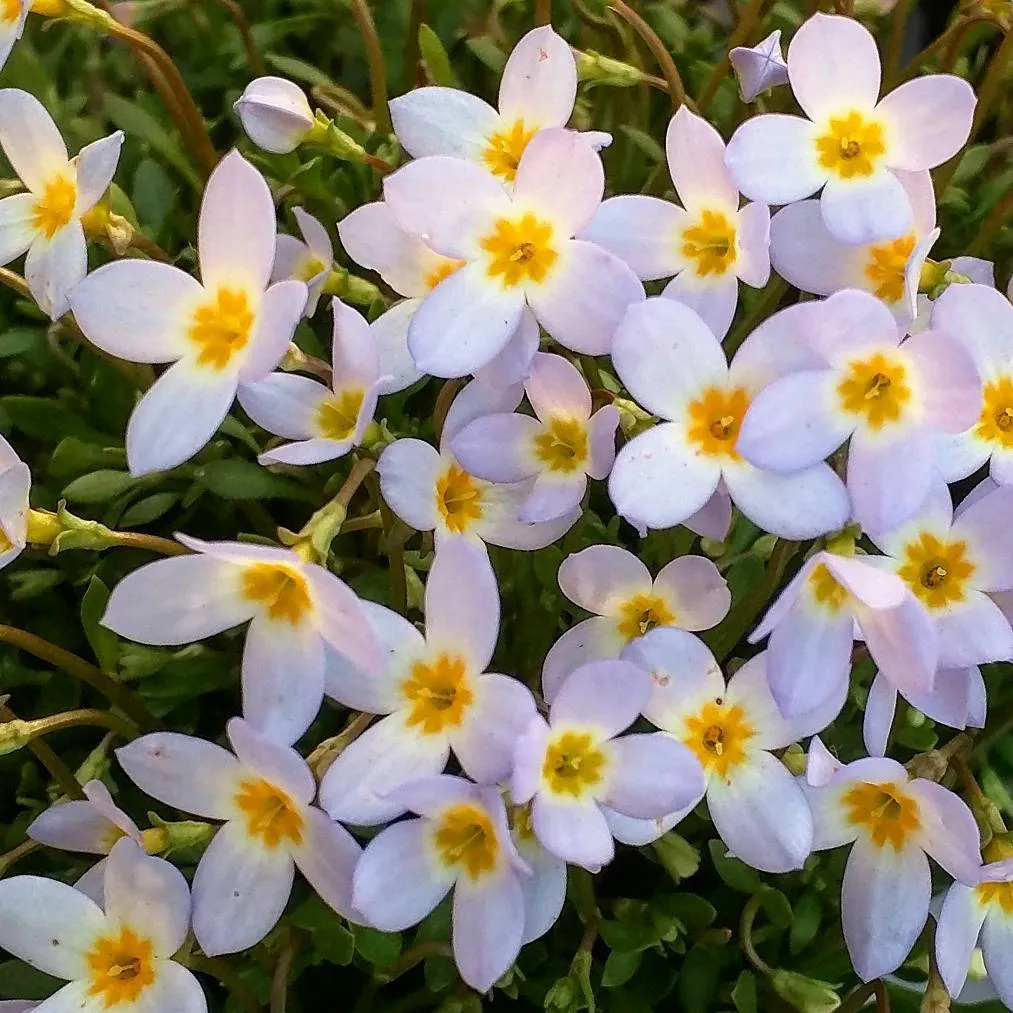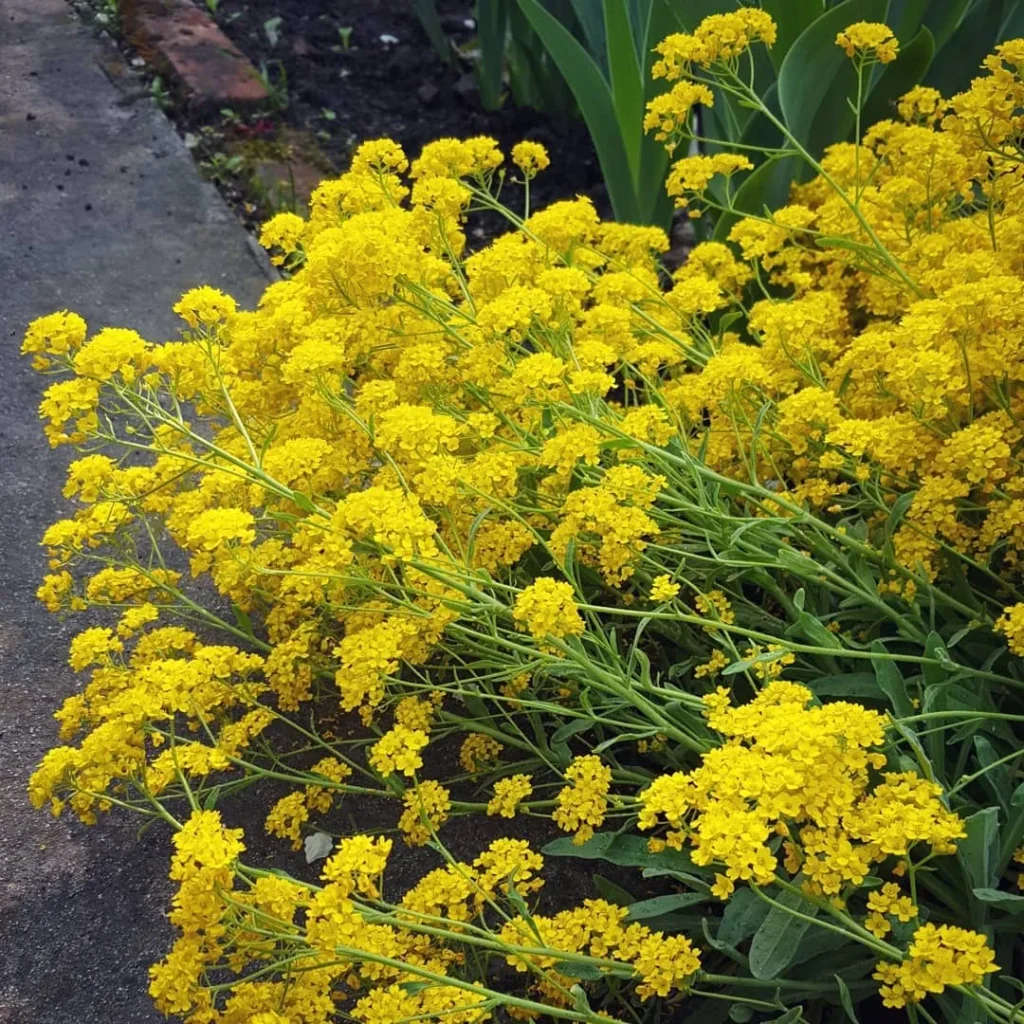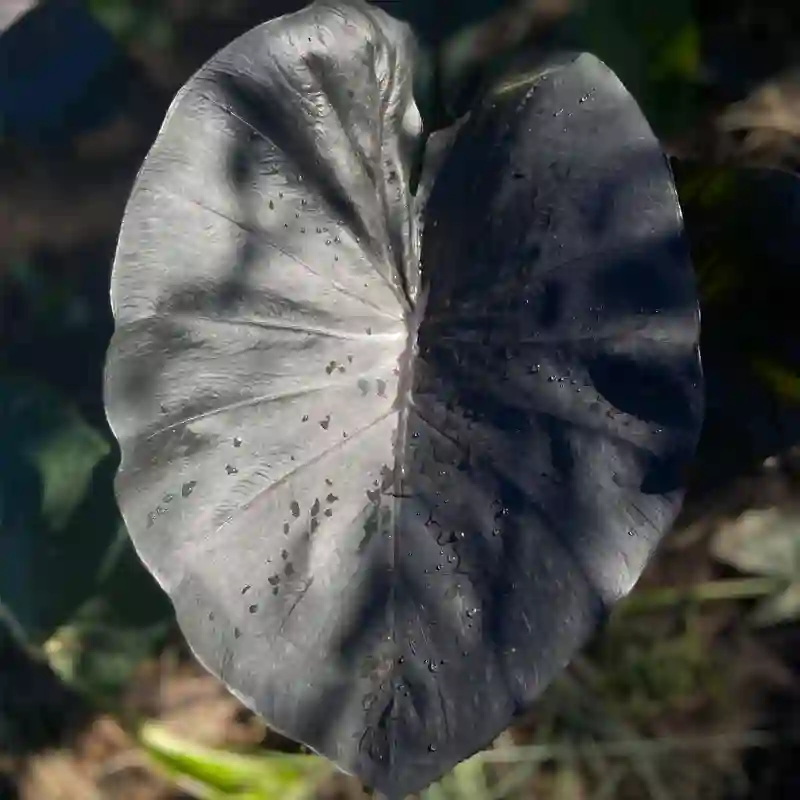Conyza canadensis: A Common Weed with a Hidden Past
You’re bound to encounter a tenacious weed known as Conyza canadensis. It sprouts up in neglected corners, along roadsides, and even intrudes into our gardens. But beneath its unassuming exterior lies a surprising history and a complex relationship with the environment.
What is Conyza canadensis?
Conyza canadensis, also known as Canadian Fleabane or Horseweed, is an annual plant native to North America. It’s a prolific grower, reaching up to five feet tall with slender, hairy stems and narrow, toothed leaves. The most recognizable feature are the clusters of tiny white flowers that bloom from June to September. While seemingly unremarkable, Conyza canadensis boasts a fascinating journey.
This weed has become a global citizen, traveling on ships and through trade routes to establish itself in Europe, Asia, and Australia. Its adaptability allows it to thrive in disturbed areas, wastelands, and even cultivated fields. While considered a nuisance by many, Conyza canadensis plays a role in the ecological cycle, providing food for pollinators and enriching the soil with organic matter as it decomposes.
Conyza Canadensis vs Erigeron Bonariensis
In my garden, Conyza canadensis tends to spread aggressively, overshadowing other plants, while Erigeron bonariensis has been a more manageable and charming addition with its delicate, daisy-like blooms that I find less invasive and more aesthetically pleasing.
Is Conyza canadensis edible?
This is a question I get often. While some historical records suggest Conyza canadensis might have been used medicinally, there’s limited scientific evidence to support its safety or effectiveness. In fact, some sources warn against ingesting it due to the presence of pyrrolizidine alkaloids, which can be toxic to the liver in high doses.
For the sake of caution, it’s best to avoid consuming Conyza canadensis. There are plenty of delicious and safe wild edibles to explore in our region, so it’s best to leave this one to the insects and focus on more established culinary options.
Is Conyza canadensis toxic to animals?
The answer is a bit more nuanced. Similar to the potential risks for humans, Conyza canadensis can be harmful to animals if consumed in large quantities. However, grazing animals typically avoid it due to its bitter taste.
The bigger concern lies with livestock that might be forced to consume Conyza canadensis due to a lack of other forage options. In these cases, prolonged exposure can lead to liver damage. If you’re concerned about your pets or livestock, it’s best to manage Conyza canadensis populations in pastures and grazing areas.
Conyza canadensis: An Invader or a Survivor?
Conyza canadensis’s success lies in its ability to thrive in disturbed environments. It readily germinates in bare soil, taking advantage of opportunities created by human activities like construction and agriculture. This characteristic has earned it the reputation as an invasive weed.
However, from another perspective, Conyza canadensis can be seen as an opportunist, filling ecological niches and aiding in soil restoration. Its fast growth helps prevent erosion and creates habitat for pollinators like butterflies and bees.
The truth is, Conyza canadensis is neither inherently villainous nor entirely beneficial. It’s a part of the complex web of life, and understanding its role can help us manage it effectively.
Living with Conyza canadensis
While Conyza canadensis can be a nuisance in gardens, there are ways to coexist peacefully. Here are a few tips:
- Maintain healthy soil: Densely planted gardens with established perennials leave little room for Conyza canadensis to establish itself.
- Hand-pulling: Regularly removing young plants before they flower helps prevent seed production.
- Mulching: A layer of mulch around desirable plants can suppress weed growth, including Conyza canadensis.
Remember, complete eradication might not be realistic. However, with a little effort, we can keep Conyza canadensis in check and appreciate its subtle role in the urban ecosystem.
If i die, water my plants!



